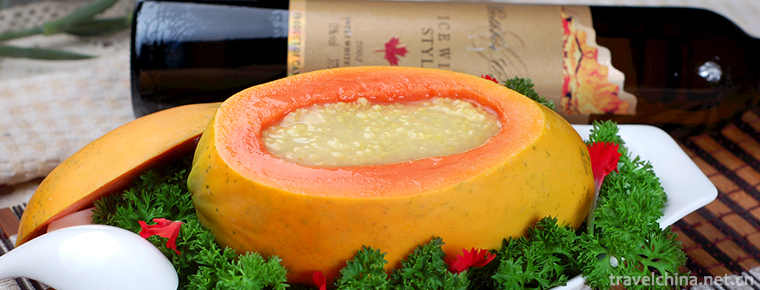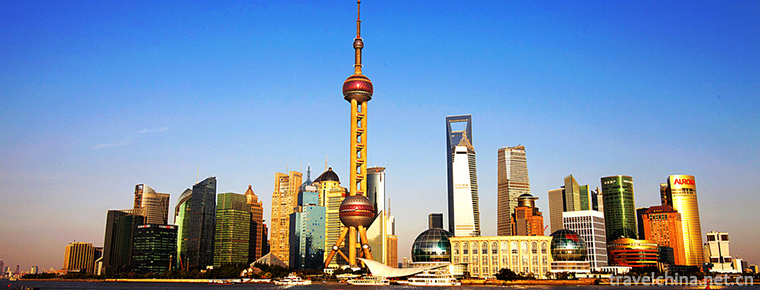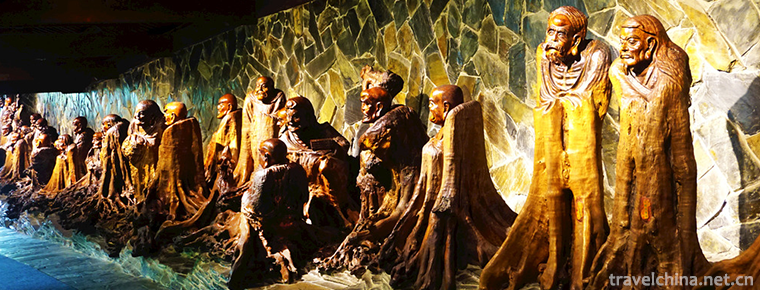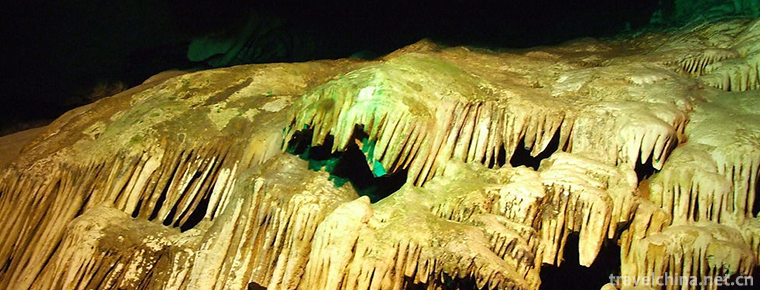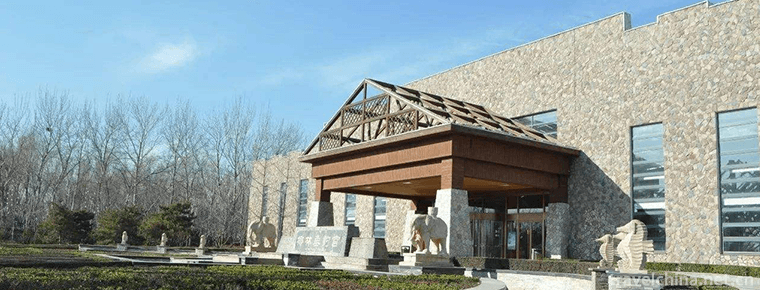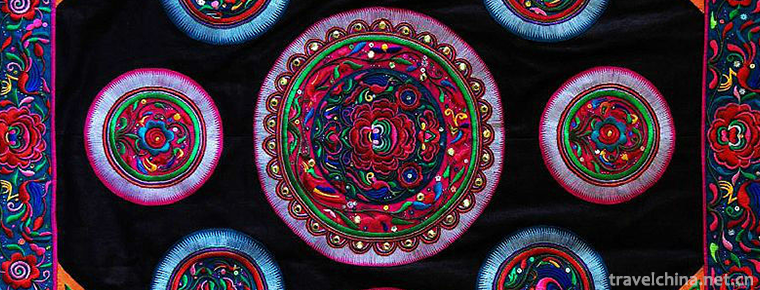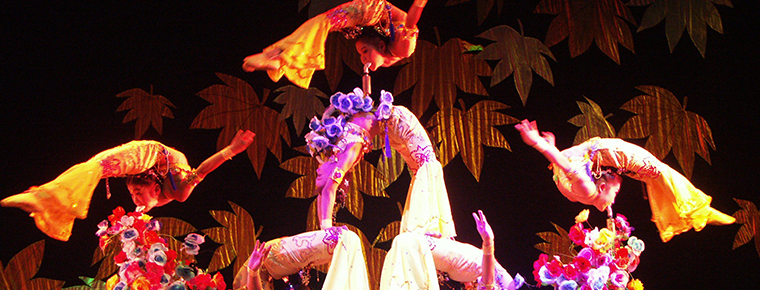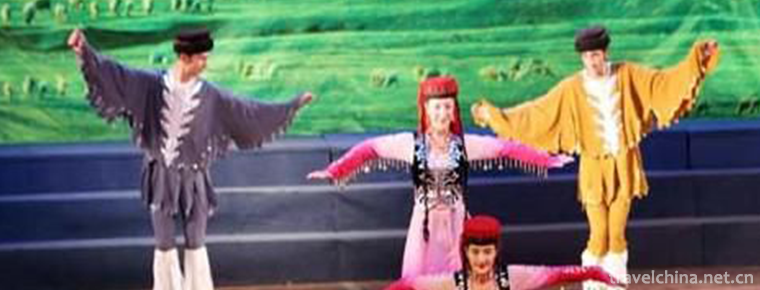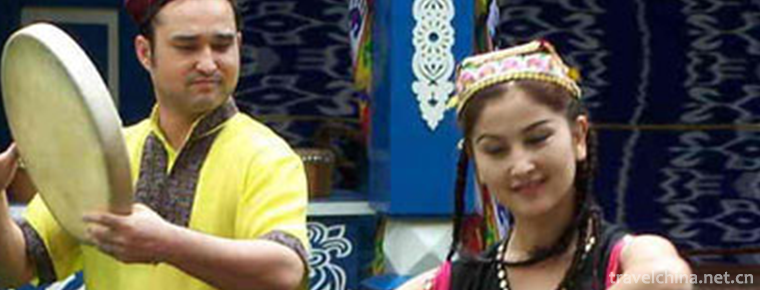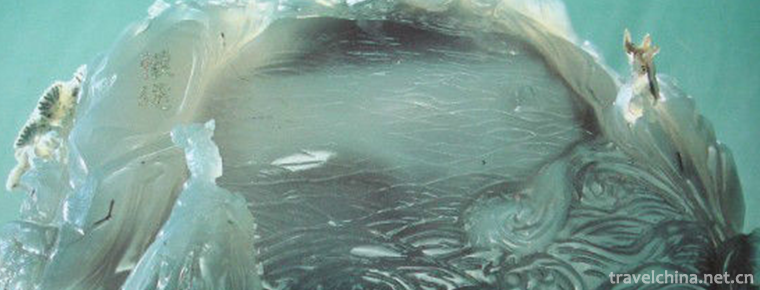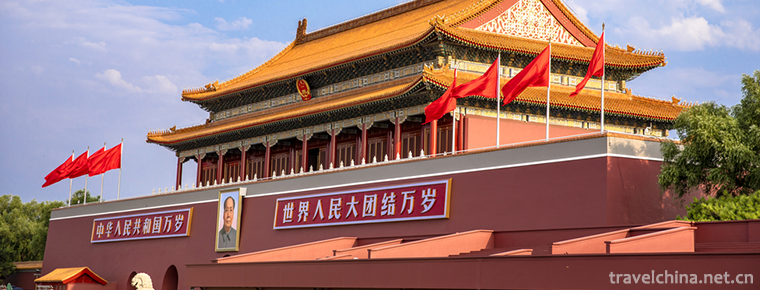Traditional medicine
Traditional medicine
Traditional medicine, a list item of intangible cultural heritage. Article 21 of the Constitution stipulates that the State shall develop medical and health undertakings, modern medicine and traditional Chinese medicine. Xi Jinping pointed out that traditional medicine is an important carrier of excellent traditional culture and plays an important role in promoting mutual learning among civilizations and safeguarding people's health.
Traditional Chinese medicine (TCM) generally refers to the traditional medicine created by the working people of the Han nationality in China, so it is also called Han medicine. It is a subject that studies human physiology, pathology, diagnosis and prevention of diseases.
Traditional Chinese medicine was born in primitive society. During the Spring and Autumn Period and the Warring States Period, the theory of traditional Chinese medicine was basically formed, and then it was summarized and developed in all dynasties. In addition, it has a far-reaching impact on the countries of Chinese character culture circle, such as Japanese Chinese medicine, Korean medicine, Korean medicine, Vietnamese medicine and so on, which are developed on the basis of traditional Chinese medicine.
Traditional Chinese medicine carries the experience and theoretical knowledge of ancient Chinese people's struggle against diseases. It is a medical theory system formed and developed gradually through long-term medical practice under the guidance of ancient simple materialism and spontaneous dialectics.
Based on the theory of Yin-Yang and Five Elements, TCM regards the human body as the unity of Qi, Shape and God. Through the method of "seeing, hearing, interrogating and cutting", it explores the etiology, pathogenicity, location, analysis of pathogenesis and the changes of five zang-organs, meridians, joints, qi, blood and body fluid in the human body, judges the growth and decline of pathogenic factors, and then obtains the name of the disease, sums up the syndrome types, formulates the principle of syndrome differentiation and treatment, and formulates "sweat". Therapeutic methods such as vomiting, descending, harmony, warming, clearing, tonifying and eliminating are used to make the human body recover from the harmony of yin and Yang by means of traditional Chinese medicine, acupuncture, massage, cupping, Qigong and diet therapy.
On October 1, 2018, the World Health Organization (WHO) first incorporated TCM into its globally influential medical program.
Development history
Traditional Chinese medicine, that is, relative to Western medicine. Before the introduction of Western medicine into China, traditional Chinese medicine was not called traditional Chinese medicine, but had a unique and rich connotation.
Traditional Chinese medicine originated in primitive society. The theory of traditional Chinese medicine in Spring and Autumn Period and Warring States Period has been basically formed. Anatomy and medicine have appeared. Four diagnostic methods have been adopted. Therapeutic methods include stone criticism, acupuncture, decoction, moxibustion, guidance, gas distribution and wishes. Since ancient times, there has been a saying of "medical and moral interlinked". This influence can be traced back to Huangdi Neijing, the ancient book of Huanglao Taoism, which is the four classical works of traditional Chinese medicine and the earliest medical classic in China's medical treasury. It is also a great medical work on human physiology, pathology, diagnostics, therapeutic principles and pharmacology. In theory, the theories of "Yin-Yang Five Elements Theory", "Pulse-Phenomenon Theory", "Tibetan-Phenomenon Theory", "Meridian-collateral Theory", "Etiology Theory", "Pathogenesis Theory", "Disease", "Diagnosis and Treatment" and "Health-preserving Theory", "Yunqi Theory" were established in TCM. Later, on the basis of pre-Qin Taoism, TCM and Health-preserving Theory began to explain with Yin-Yang Five Elements. Human physiology, the emergence of "medical workers", gold needles, copper keys and so on. Zhang Zhongjing, a famous physician, appeared in the Eastern Han Dynasty. He had already known the Eight Principles (Yin and Yang, exterior and interior, deficiency and excess, cold and heat) and summarized the Eight Methods. Huatuo is famous for his proficiency in surgery and anesthesia. He also founded Five Birds Play. Sun Simiao of Tang Dynasty summarized the theory and experience of predecessors, collected more than 5000 prescriptions, and used dialectical treatment. Because of the highest medical ethics, he was respected as the "king of medicine". Since the Tang Dynasty, Chinese medical theories and works have been widely disseminated to Koryo, Japan, Central Asia and Western Asia. During the Song Dynasty, the Song government established the Hanlin Medical College. The medical branch was nearly complete. It unified the disorder of acupoints caused by Chinese acupuncture and moxibustion and published Tujing. Since Jinyuan, Chinese medicine began to decline. After the Ming and Qing Dynasties, the school of epidemic febrile diseases appeared and gradually replaced the school of classical Chinese medicine. The Compendium of Materia Medica written by Li Shizhen in the late Ming Dynasty marked the decline of pharmacology of traditional Chinese medicine. In the same period, Mongolian medicine and Tibetan medicine were influenced by traditional Chinese medicine. Eastern medicine in Korea has also been greatly developed, such as Xu Jun's "treasure book of Eastern medicine".
Since the late Qing Dynasty, China has been invaded by Western powers and its national transport has been weakened. At the same time, the influx of modern medicine (western medicine) has seriously impacted the development of traditional Chinese medicine. Many people advocate the modernization of medicine in China, and traditional Chinese medicine is facing great challenges. People began to make
Inspected by the thinking mode of Western medical system, traditional Chinese medicine has fallen into the controversy of existence and abolition. The same is true of Chinese medicine in Japan and Korean medicine in Korea. Since SARS in 2003, there have been signs of recovery in classical Chinese medicine.
During the Cultural Revolution, TCM, as a medical example of "using the past for the present", was developed with the support of the CPC's policy. In modern times, traditional Chinese medicine is still one of the commonly used means to treat diseases in China.
Acupuncture and moxibustion have aroused great interest in the medical field in the world. Acupuncture and moxibustion have been shown to be effective in relieving postoperative pain, pregnant nausea, nausea and vomiting caused by chemotherapy, and toothache with very low side effects. However, data on chronic pain, back pain and headache are ambiguous or controversial. WHO believes that the effectiveness of many acupuncture and moxibustion and some herbal medicines has been strongly supported by scientific double-blind research, but other traditional therapies need to be further studied, and the safety and risk of traditional therapies that have not been studied can not be ignored. WHO published the Global Strategy for Traditional Medicine Research 2002-2005 on May 26, 2002, inviting more than 180 countries to incorporate alternative medicine into their medical policies.
The original innovation and revolution of the basic theory of modern Chinese medicine initiated in the 1990s. New Philosophical View of TCM Three Philosophical Views of TCM: Holistic View and Syndrome Differentiation
View, and the newly excavated third philosophical view of TCM: similarity view-fractal theory.
On October 1, 2018, the World Health Organization (WHO) first incorporated TCM into its globally influential medical program. The newly incorporated information on traditional Chinese medicine will be included in Chapter 26 of the 11th edition of the Global Medical Outline, which mainly explains the classification system of traditional medicine and will be implemented in WHO member countries in 222.


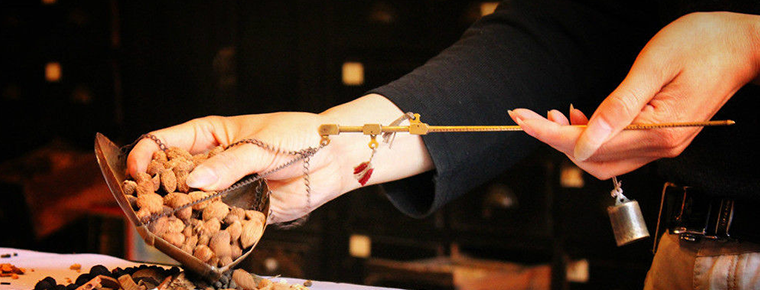
-
Pumpkin rice gruel
cut Pumpkin Peel into thin slices and rinse with millet. Put some water in the pot, put water into pumpkin millet and boil it in a big heat..
Views: 365 Time 2018-11-02 -
The Oriental Pearl Radio & TV Tower
The Oriental Pearl Radio and Television Tower is one of the landmark cultural landscapes in Shanghai. It is located in Lujiazui, Pudong New Area, with a height of 468 meters.
Views: 608 Time 2018-12-05 -
Root palace Buddhist Cultural Tourism Zone
Root palace Buddhist Cultural Tourism Zone / Gengong Buddha Country Cultural Tourist Area, National AAAAA Tourist Scenic Area, National Eco-civilization Education Base.
Views: 126 Time 2018-12-07 -
Laojunshan Jiguandong Tourist Area
Jiguan Cave is located in Luanchuan County, Luoyang City, Henan Province, three kilometers west of the county seat. It is located on the half-hillside of Jiguan Mountain.
Views: 161 Time 2018-12-09 -
Nangong Scenic Spot
Located in Wangzou Town, Fengtai District, southwestern suburb of Beijing, Nangong Village, the village where the scenic spot is located, enjoys the reputation of "China's first geothermal villag.
Views: 165 Time 2018-12-27 -
Dong embroidery
Dong embroidery is an important branch of Chinese minority embroidery, which uses a needle to puncture and attaches various colored silk or cotton threads to the surface of the fabric to form various .
Views: 117 Time 2019-04-27 -
Jianhu acrobatics
Jianhu acrobatics is a kind of traditional acrobatics art of Han nationality, which originated and spread in Jianhu County, Yancheng City, Jiangsu Province. Historically,.
Views: 69 Time 2019-05-05 -
Tajik Eagle Dance
Tajik Eagle Dance, a folk traditional dance in Tashkurgan Tajik Autonomous County of Xinjiang Uygur Autonomous Region, is one of the national intangible cultural heritage..
Views: 236 Time 2019-06-17 -
Uygur Costume
Uygur costumes - more patterns, very beautiful, full of characteristics. Uygur men - pay attention to black and white effect, so bold and unrestrained. Uygur women prefer to use contrasting colors to .
Views: 109 Time 2019-06-26 -
Jade carving
Jade carving is one of the oldest carving varieties in China. Jade carved into exquisite crafts, known as jade carving. Craftsmen in the production process, according to the natural color and shape of.
Views: 343 Time 2019-07-16 -
Chinese history
Chinese history From China Chinese civilization To the present history. China has a long history. Since the Huangdi tribe Ji Xuanyuan (also known as the Gong sun Xuanyuan) period has been counted for .
Views: 197 Time 2019-08-28 -
The situation of Chinese embroidery in various historical dynasties
The origin of Chinese embroidery is very early. It is said that "Shun ordered Yu to embroider multicolored embroidery". It was developed in the Xia, Shang, Zhou Dynasties and Qin and Han Dynasties. From the early unearthed textiles, embroidery .
Views: 220 Time 2020-12-12
